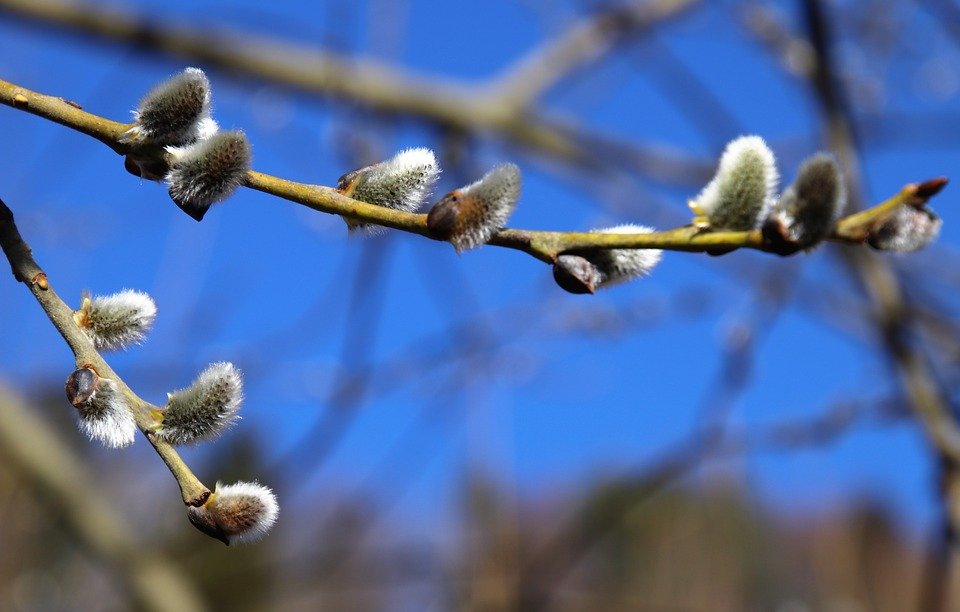Aphids on willow
Aphids on willow are not beautiful and annoy every gardener. They are mostly black aphids.
They cause unsightly discoloration on the leaves and these can die off or cripple. The best remedy for aphids on willow trees is good and constant prevention. A healthy plant has enough protective mechanisms. Therefore, make sure that your plants are healthy and strengthened and that they grow up under perfect circumstances and conditions, because only healthy plants have enough protective mechanisms to defend themselves against insects, pests and other diseases.

Aphids on willow brief info:
The willow (Salix) is a plant from the willow family. There are around 450 species of willow. Most willows reproduce by seed. But there are also specimens that can reproduce through broken branches, which can take root again. Willows are extremely easy to multiply.
Pastures are very important for farm animals like bumblebees and bees. The bark of willow can even be used as tea.
Proven remedy against aphids on willow
These remedies always help against aphids on willow in an emergency:
Fighting aphids on willow:
- Keep pastures warm, sunny and dry
- Avoid wet parts of the plant
- Make sure there is sufficient air supply
- Use beneficial insects to protect against aphids on pastures
- Sprinkle with soapy water or neem
Fight aphids on willow with beneficial insects
They can also fight aphids on pastures with beneficial insects. Make sure that there is always enough space for beneficial insects to retreat and that they give you the chance to reproduce in your garden. Aphids on willow trees are often eaten by beneficial insects. The beneficial insects are the aphid’s natural enemy.
Control aphids on willow
In this article you can read what you can do against aphids on pastures and how you can take action against aphids on pastures. Aphids on willow trees are easy to control. For example, beneficial insects or various home remedies can be used. Do not use chemical agents until the last resort in the fight against aphids on willow trees.